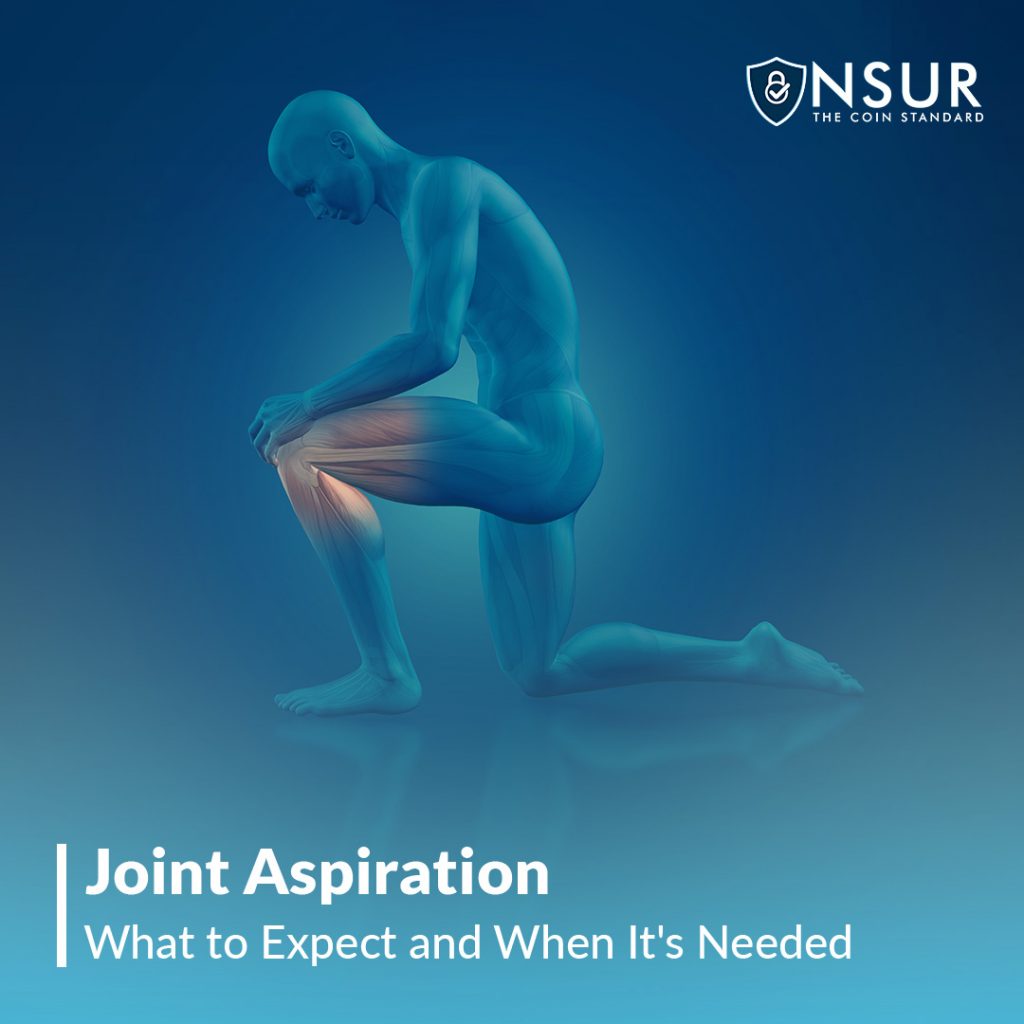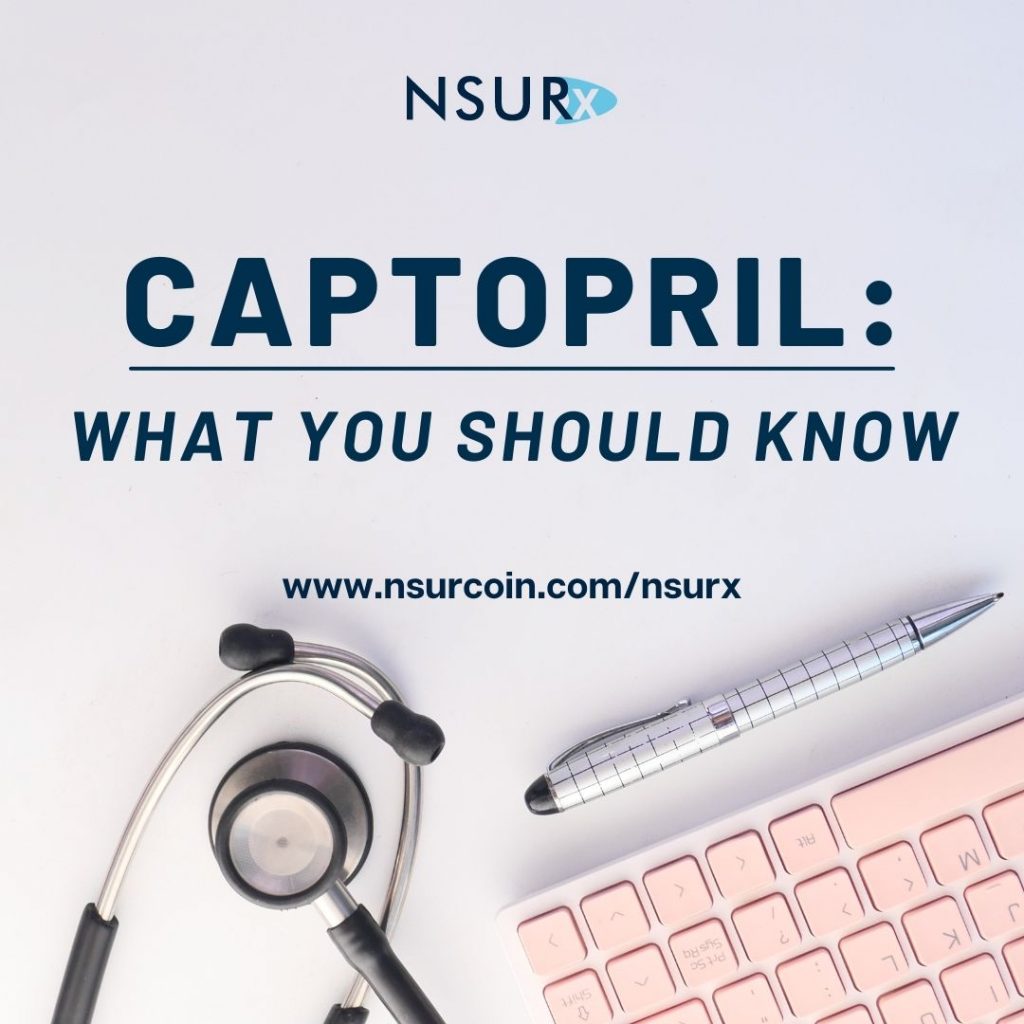
Joint aspiration, also known as arthrocentesis, is a medical procedure that involves the extraction of fluid from a joint using a needle and syringe. This procedure is typically performed to relieve pain, diagnose conditions, or to administer medication directly into the joint. In this blog, we will discuss what to expect during a joint aspiration, when it may be needed, and how to prepare for the procedure.
What to Expect During a Joint Aspiration
A joint aspiration is usually performed by a physician or a trained healthcare professional in a clinical setting. The procedure typically involves the following steps:
- Anesthesia: Local anesthesia is applied to the skin and tissues surrounding the joint to numb the area and minimize pain during the procedure 1.
- Sterilization: The skin over the joint is cleaned and sterilized using an antiseptic solution to minimize the risk of infection.
- Needle insertion: A sterile needle, attached to a syringe, is carefully inserted into the joint space. The physician may use ultrasound guidance to ensure accurate placement of the needle 2.
- Fluid extraction: The syringe is used to extract fluid from the joint. The amount of fluid removed depends on the purpose of the procedure and the joint being aspirated.
- Needle removal and dressing: The needle is gently removed from the joint, and a sterile dressing is applied to the puncture site.
The entire procedure usually takes 15 to 30 minutes, depending on the joint being aspirated and the physician’s experience.
When is Joint Aspiration Needed?
Joint aspiration may be recommended in the following scenarios:
- Diagnosis: The extracted fluid can be analyzed to diagnose joint conditions, such as infections, gout, or rheumatoid arthritis 3.
- Pain relief: Removing excess fluid from the joint can help alleviate pain and improve joint mobility, particularly in cases of joint effusion or bursitis 4.
- Administration of medication: Medications, such as corticosteroids or hyaluronic acid, can be injected directly into the joint following the aspiration to help manage symptoms and promote healing.
How to Prepare for a Joint Aspiration
Before undergoing a joint aspiration, patients should:
- Inform the physician about any allergies, medications, or medical conditions that may affect the procedure or its outcome.
- Follow any pre-procedure instructions provided by the physician, such as fasting or medication adjustments.
- Arrange for a responsible adult to accompany them to the appointment and drive them home afterward, as some patients may experience temporary discomfort or limited mobility following the procedure.
In conclusion, joint aspiration is a valuable tool for diagnosing and managing joint conditions. By understanding what to expect and when it’s needed, patients can make informed decisions about their joint health and treatment options.
Take advantage of NSURx for your prescription drugs!
With the NSURx Prescription Benefit Card, you can save money on your medications at more than 35,000 pharmacies across the United States.
You can save up to 80% on your medication by using an NSURx card. Hundreds of dollars in savings could be yours every time you fill out your prescription.
The more you shop with NSURx, the more NSUR Coins you will receive as a reward.
References
- Mayo Clinic. (2019). Arthrocentesis. Retrieved from https://www.mayoclinic.org/tests-procedures/arthrocentesis/about/pac-20392974 ↩
- Johns Hopkins Medicine. (n.d.). Joint Aspiration (Arthrocentesis). Retrieved from https://www.hopkinsmedicine.org/health/treatment-tests-and-therapies/joint-aspiration-arthrocentesis ↩
- American College of Rheumatology. (2015). Joint Aspiration. Retrieved from https://www.rheumatology.org/I-Am-A/Patient-Caregiver/Treatments/Joint-Aspiration-Examination ↩











